How reading encourages diverse thinking
Posted: April 10, 2019 Filed under: Books, Children's Books, Diversity, Fiction, Growing Bookworms, Reading | Tags: Children's Books, Diversity, Growing Bookworms, Reading, Robbie Cheadle, Writing to be Read 27 Comments
We all want our children to grow up to an environment free from bias and discrimination. We want them to have opportunities to achieve their dreams and to believe they can accomplish anything. We also want our children to feel included and loved in all situations, from school, to home to religious institutions.
The best way to achieve this is to weave diversity into the fabric of our children’s lives. We can do this in many ways, one of which is by providing our children with a selection of multicultural books which allow them to imagine experiencing life in a different way and from a different perspective.
When you read multicultural books you are transported to a different culture and are exposed to new ideas about housing, food, schooling, transport and religion. I always remember when I read the books written by Charlotte, Emily and Anne Brontë as a teenage girl. These books were my first real exposure to the poor treatment of children and women during the Victoria era. I was horrified by the terrible conditions the orphaned girls experienced at Lowood School and the terrible illnesses that ravaged the learners. Later on in my life I read books about the lives of several female Victorian writers and I came to realise just how restricted their lives were. Female’s were not considered to have the intelligence or seriousness necessary to write novels. My own mother experienced discrimination as a young girl when her father refused to buy her a school uniform when she won a scholarship to attend a local grammar school. He didn’t believe in educating girls.
As I have walked my path as a reader, I have read a wide variety of books about life in numerous countries from the great cities of the USA, London and Paris to country towns and rural villages in Africa and Asia. Through reading, I have experienced life in Japan, China and Chile. I have tried to share these experiences with my own children by reading them abridged versions of classic stories like The Story of Doctor Dolittle by Hugh Lofting, a story of an empathetic doctor who travels to Africa and has adventures on this great continent, The Last of the Mohicans by James Fennimore Cooper, set in Upper New York State during the French Indian wars, To Kill a Mockingbird by Harper Lee set in Alabama and Oliver Twist set in Victorian London. They have also read a number of more recent books set in various countries.
Multicultural books teach us about other peoples cultures and religious beliefs and helps to instill positive attitudes about acceptance and tolerance. Some of the books that spring to mind that I read to my pre-teen boys are Fattipuffs & Thinifers by André Maurois which teaches children about segregation in an entertaining and light hearted way, I am David by Anne Holm, the story of a boy who escapes from a Bulgarian communist concentration camp and makes his way to Denmark, and The Diary of a Young Girl written by Anne Frank, that tells of her life as a young Jewish girl growing up in the Netherlands during the Nazi occupation. These sorts of books help teach children that while we all have different religions, celebrations and traditions, we are actually all the same. We all need to eat, drink and sleep. We all aspire to an education, job and happy family life.
While it is good for children to understand history and learn from the mistakes of the past, it is best to select titles that present a variety of points of view so as to prevent stereotyping.
The modern world is becoming more cosmopolitan and diverse due to the ease with which people can travel and communicate. My son plays computer games with friends from all over the world including India, the UK, the USA and Dubai. His school provides a boarding option and caters to boys from all over the world and a variety of different backgrounds, including Chinese, American, British, German, French and a number of African countries. There are Jewish, Muslim, Hindu and Christian boys all attending classes together, doing activities and sports together and enjoying themselves as a group. Diversity is a popular topic with many modern authors and I have recently read three lovely picture books aimed at teaching children about acceptance in a fun and simple way.
Myrtle the Purple Turtle by Cynthia Reyes is about Myrtle, a turtle who is purple and, as a result, she and her family are different from other turtles. You can read my review on Goodreads here: Goodreads review of Myrtle the Purple Turtle.
Kids get it by Sally Huss is a story about self-worth and the equality of all children in the eyes of God. You can read my Goodreads review here: Goodreads review of Kids Get It.
The cover of Who do I see in the Mirror? by Vese Aghoghovbia Aladewolu shares “the important message relayed to children is to love the skin they’re in.”. You can read my Goodreads review here: Goodreads review of Who do I see in the Mirror?
There are also a large selection of non-fiction books for children which describe the cultures and lives of the people of the world.
What do you think about the role of books in promoting diversity? Let me know in the comments.
About Robbie Cheadle

Hello, my name is Robbie, short for Roberta. I am an author with six published children’s picture books in the Sir Chocolate books series for children aged 2 to 9 years old (co-authored with my son, Michael Cheadle), one published middle grade book in the Silly Willy series and one published preteen/young adult fictionalised biography about my mother’s life as a young girl growing up in an English town in Suffolk during World War II called While the Bombs Fell (co-authored with my mother, Elsie Hancy Eaton). All of my children’s book are written under Robbie Cheadle and are published by TSL Publications.
I have recently branched into adult horror and supernatural writing and, in order to clearly differential my children’s books from my adult writing, I plan to publish these books under Roberta Eaton Cheadle. I have two short stories in the horror/supernatural genre included in Dark Visions, a collection of 34 short stories by 27 different authors and edited by award winning author, Dan Alatorre. These short stories are published under Robbie Cheadle.
I have recently published a book of poetry called Open a new door, with fellow South African poet, Kim Blades.
Find Robbie Cheadle
Blog: https://bakeandwrite.co.za/
Blog: robbiesinspiration.wordpress.com
Goodreads: Robbie Cheadle – Goodreads
Twitter: BakeandWrite
Instagram: Robbie Cheadle – Instagram
Facebook: Sir Chocolate Books
Want to be sure not to miss any of Robbie’s Growing Bookworms segments? Subscribe to Writing to be Read for e-mail notifications whenever new content is posted or follow WtbR on WordPress.


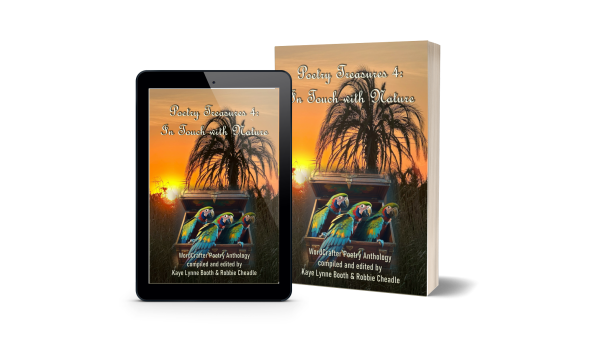
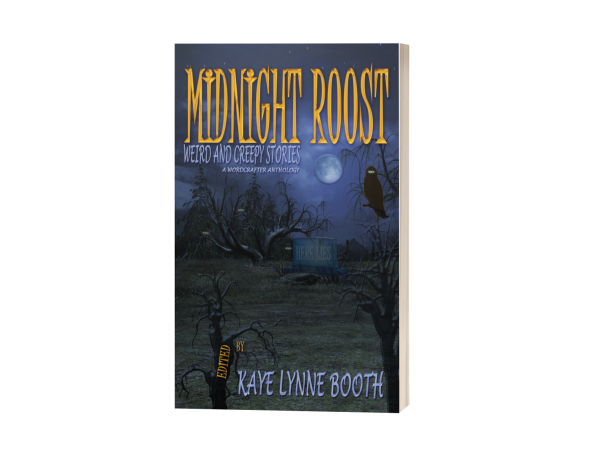



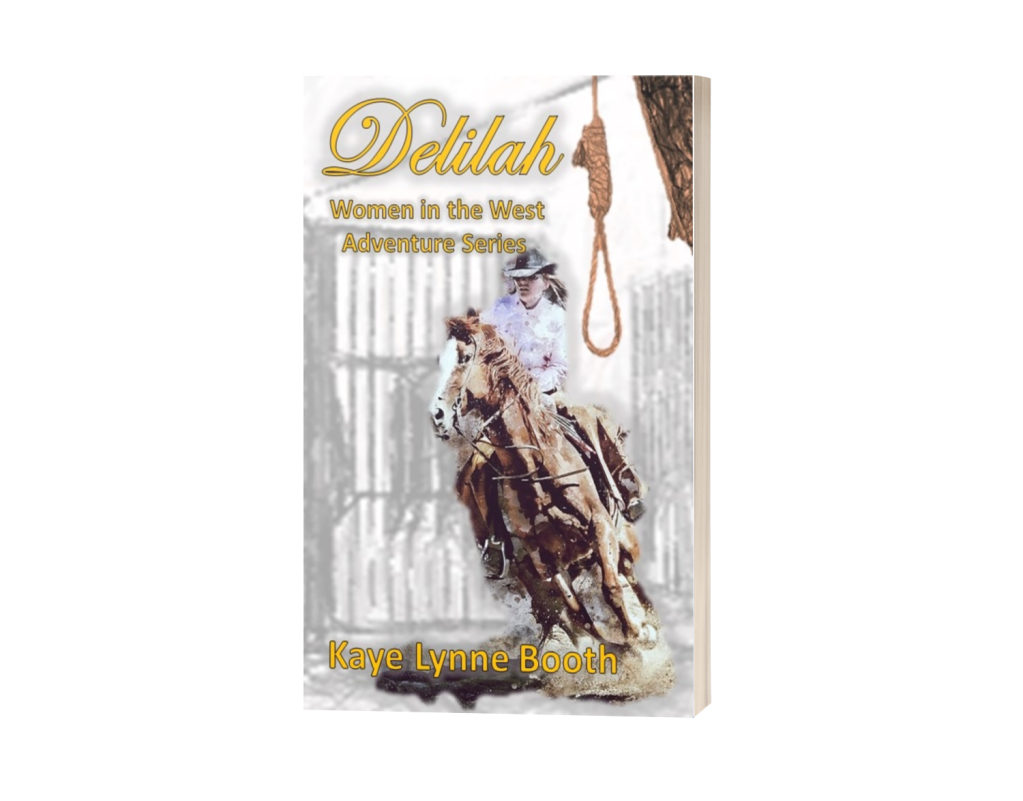
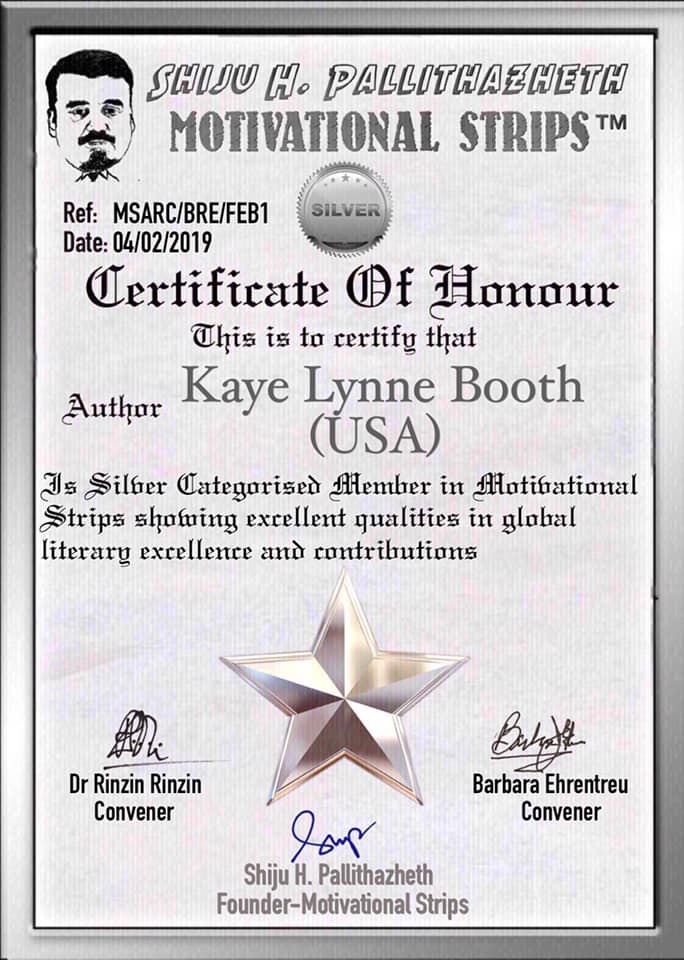
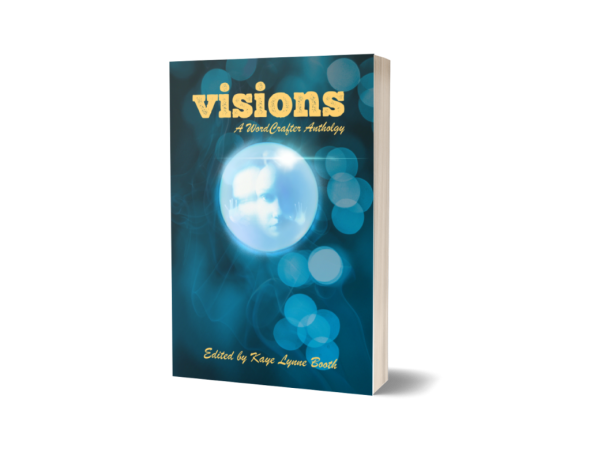


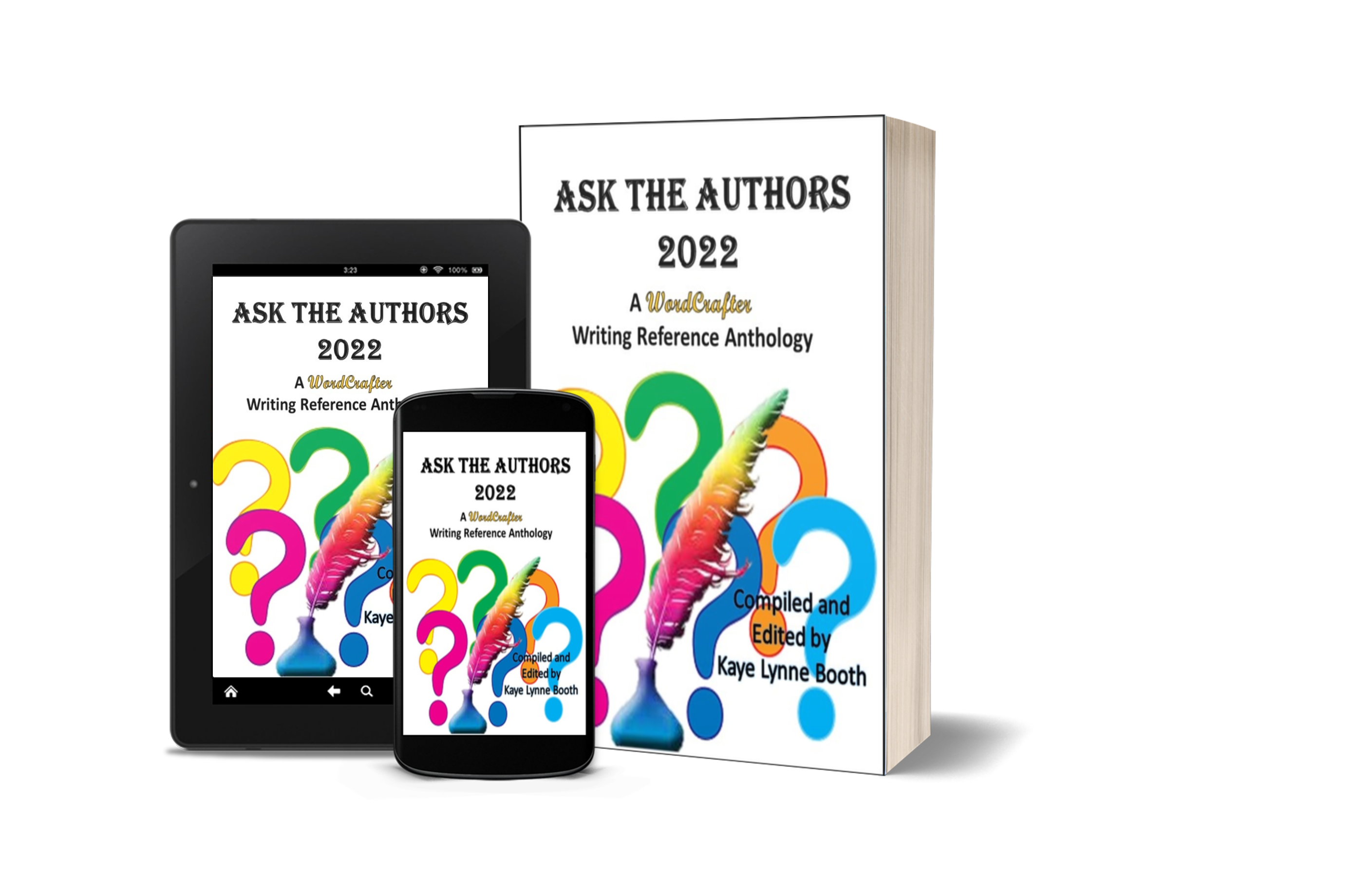
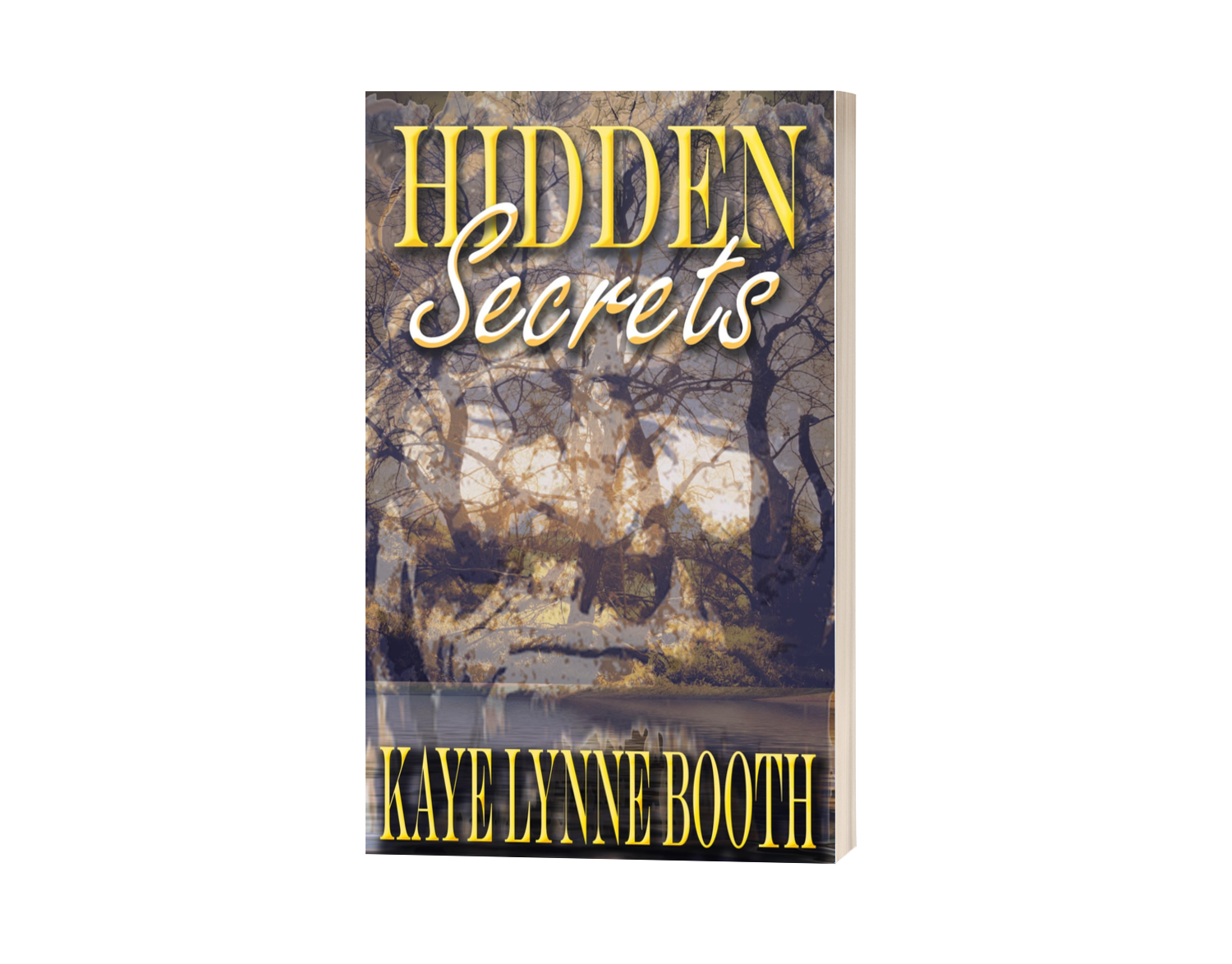
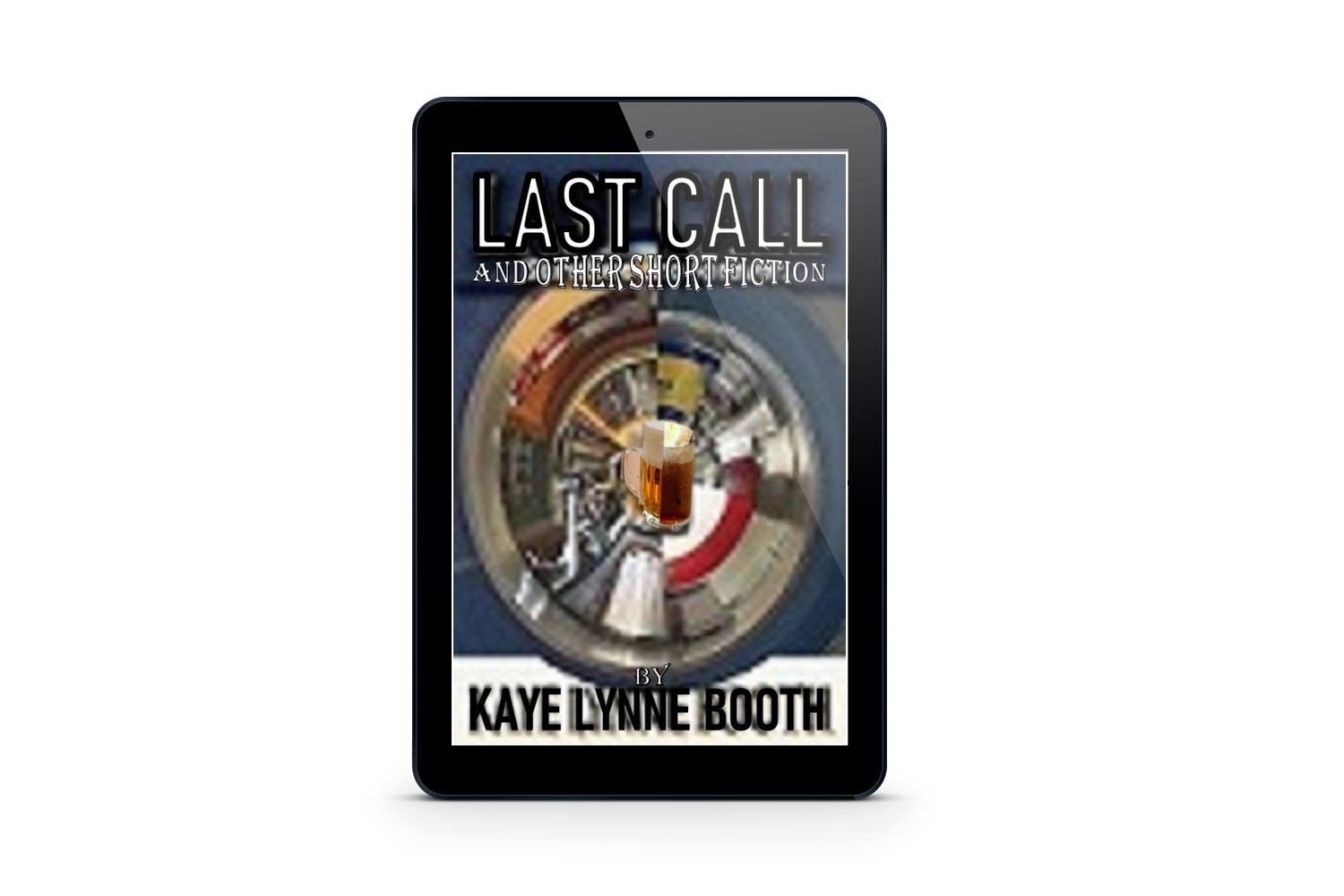
Thank you, Kaye, for hosting me with this article.
LikeLiked by 1 person
It’s a pleasure to have you on the WtbR team.
LikeLike
Thank you, Kaye.
LikeLiked by 1 person
Reblogged this on Robbie's inspiration and commented:
I am over at Writing to be Read with a post about how reading encourages diverse thinking, an important attribute for our children to develop in our modern, multi-cultural world. Thank you Kaye Lynne Booth for hosting this post.
LikeLiked by 1 person
I think it is imperative that children be read to from the very beginning and then once they can read themselves, be given books that bring them into the lives and the minds of others who are not like them. Books and reading teach our children empathy for those not like them. Because in the end, they realize that we are all the same inside. 🤗 Nicely done, Robbie!
LikeLiked by 1 person
Thank you, Pam. Your comment about empathy is correct and reading helps children understand that many children have a very different life from their own. I have always encouraged a wide spectrum of books with my children.
LikeLiked by 2 people
Children will inhale words like a vacuum, if only they’re given the chance. I read my children’s book to my grandson’s kindergarten class last week, Robbie, and the expressions on the children’s faces as the action unfolded…! They were sublime and so “into” the story. Stories bring children into knowledge, insight, and yes, love.
LikeLiked by 1 person
Wonderful points Robbie!
LikeLiked by 1 person
Thank you, Ritu.
LikeLiked by 1 person
Excellent article, Robbie! Must share…
LikeLiked by 1 person
I am glad you enjoyed this article, Bette. Thank you for sharing.
LikeLiked by 1 person
I so agree with this. I read a lot as a child as we didn’t have a TV. My favourite stories took place in other countries, and even though we never left our little corner of the world, I knew a lot about other cultures. This has resulted in me enjoying the company of people very different from myself. This is an excellent article, Robbie.
LikeLiked by 1 person
Reblogged this on Waterstone Way and commented:
A wonderful blog that encourages reading about other cultures in a positive way.
LikeLiked by 1 person
Thank you for your comment and for the share.
LikeLiked by 1 person
Personally I have found that travel is excellent for exposure to different ways of life. And second to that is movies. I will never forget going to the first showing of Mississippi Burning. Books and podcasts would be my third route to understanding the world around me. Especially reading autobiographical books. However when it comes to children I would not know which books to start them on. Thanks for sharing your suggestions.
LikeLiked by 1 person
Hi Tandy, you are right about travel, that is very good for exposing everyone to other lifestyles and cultures. Reading is great as well as it allows insight into other cultures and lifestyles in a wider and more affordable way. I never consciously realised I was being exposed to different lifestyles when I read these books as a young person, it is only now that I am an adult I realise how much they helped formulate my outlook on life and people.
LikeLiked by 1 person
Wonderful post, Robbie! Diversity is everywhere, and books help to show children that we are all alike, even when we have differences.
LikeLiked by 1 person
Yes, you have hit the nail on the head, Jennie
LikeLiked by 2 people
Thank you, Robbie. I will always champion reading.
LikeLiked by 1 person
A great post with fantastic advice. Recently a few schools here in Spain have decided not to include some of the classic fairy tales in their list of reading because of their stereotyping. Your point about diverse reading is very important. Thanks, Robbie
LikeLiked by 1 person
Thank you for reading and for this interesting comment, Olga. I didn’t know that.
LikeLiked by 1 person
Introducing diverse reading to children at an early age encourages empathy and acceptance. And throughout our adult lives, too. Great post!
LikeLiked by 1 person
That is what I have discovered too, Barbara. Thanks for visiting and commenting.
LikeLiked by 2 people
Excellent post, Robbie, and we’re so fortunate that the publishing industry has finally taken note of reader preferences and requests for more diverse books. We still have a ways to go, but more are available now more than ever.
LikeLiked by 1 person
Thank you, Teri. Yes, there is more available now and on a wider variety of topics too.
LikeLiked by 1 person
Congrats, Robbie!
LikeLiked by 1 person
My pleasure, Cynthia. I was pleased to have an opportunity to mention your delightful children’s book.
LikeLiked by 2 people